
Understanding the Fundamentals of Network Switches
In today’s fast-paced digital landscape, a robust and dependable network is the cornerstone of successful business operations. Whether you’re a burgeoning startup or a well-established enterprise, the performance of your network wields significant influence over productivity, communication, and overall efficiency. At the heart of this network infrastructure lies the network switch – a pivotal component that connects devices, orchestrates data traffic, and ensures uninterrupted connectivity. Yet, amid the multitude of options available in the market, how can you discern the perfect top-rated network switch tailored to your business’s unique needs? This comprehensive guide seeks to address this critical question by furnishing you with profound insights, invaluable tips, and pivotal considerations to empower you to make an enlightened choice.
Before we delve into the intricacies of selecting the ideal network switch, let’s establish a foundational understanding.
What Constitutes a Network Switch?
A network switch, in essence, is a hardware apparatus that links multiple devices within a localised network. Unlike the rudimentary hub, which indiscriminately broadcasts data to all connected devices, a switch operates with discernment, directing data solely to the specific device requesting it. This, in turn, mitigates network congestion and augments overall performance.
The Mechanics of Network Switches
Network switches, residing at Layer 2 (Data Link Layer) of the OSI model, utilise MAC addresses to determine the destination of data packets. When a device within the network initiates communication with another, the switch scrutinises the recipient’s MAC address and expedites the data packet solely to the requisite device, enhancing communication efficiency.
Varieties of Network Switches
Network switches span a diverse spectrum, each tailored to a particular purpose. Here are some common types:
- Managed Switches: Offering heightened control and configurability, managed switches are an ideal choice for sprawling networks with intricate demands.
- Unmanaged Switches: In contrast, unmanaged switches offer a straightforward plug-and-play experience, catering aptly to smaller networks with uncomplicated requisites.
- Layer 2 vs. Layer 3 Switches: Layer 2 switches are adept at network segmentation and are suitable for relatively simple requirements. Layer 3 switches, conversely, perform routing functions and are indispensable for extensive networks.
- Power over Ethernet (PoE) Switches: PoE switches deliver both power and data over a single cable, making them the preferred option for networks employing PoE devices such as IP cameras and VoIP phones.
- Stackable vs. Standalone Switches: Stackable switches interconnect seamlessly, augmenting port capacity and redundancy, while standalone switches operate autonomously.
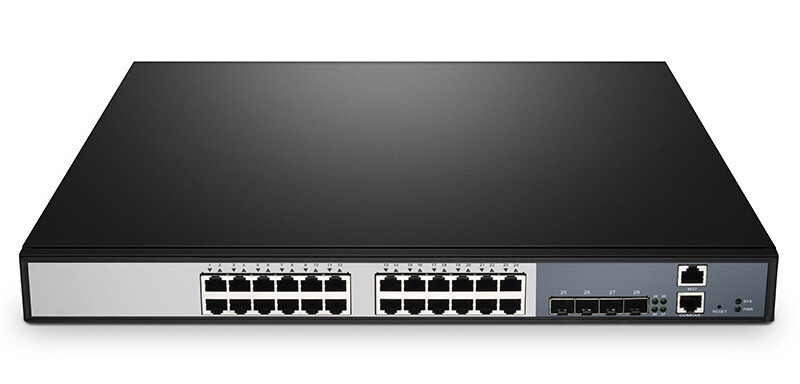
Assessing Your Business’s Unique Prerequisites
To embark on the journey of selecting the perfect network switch, the initial step necessitates a meticulous examination of your business’s distinct needs.
Defining Your Network Necessities
Commence by meticulously delineating your network’s objectives. Is your network predominantly geared toward facilitating employee internet access, interconnecting devices within a data centre, or supporting a multifaceted array of IoT devices? A crystalline understanding of your network’s primary aims will serve as a compass throughout your selection process.
Estimating Port Requirements
Ascertain the number of ports indispensable to accommodate your fleet of devices. It’s pivotal that the chosen switch furnishes an adequate number of ports to seamlessly house your existing devices while leaving room for future expansion.
Anticipating Scalability Demands
Consider your business’s potential for expansion and growth. Will your network require augmentation with additional devices or necessitate an enlargement of network coverage? The chosen switch should effortlessly accommodate these anticipated developments.
Selecting the Apt Switch Type
Having gauged your network’s distinctive requisites, it is now opportune to ascertain the apt switch type.
Managed vs. Unmanaged Switches
Should you require an elevated degree of network control and access to advanced features such as VLANs and QoS (Quality of Service), then the managed switch is the prudent choice. Conversely, for more compact networks with elementary requirements, the unmanaged switch is a fitting selection.
Layer 2 vs. Layer 3 Switches
Layer 2 switches are judicious for rudimentary network segmentation and VLAN support. For networks demanding routing between subnets or an array of advanced functionalities, the Layer 3 switch is the way to go.
Power over Ethernet (PoE) Switches
If your business incorporates PoE devices like IP cameras or VoIP phones, PoE switches will streamline your setup by provisioning power and data via a solitary cable, eliminating the need for distinct power sources.
Stackable vs. Standalone Switches
For networks necessitating high availability and facile scalability, the stackable switch is a discerning choice. These switches can be interlinked to function as a unified unit, simplifying management and enhancing redundancy.
Evaluating Port Speed and Capacity
The velocity and capacity of a switch’s ports wield profound impact upon your choice.
Gigabit vs. 10 Gigabit Ethernet
Gigabit Ethernet (1 Gbps) suffices for most office networks. However, in scenarios involving colossal file transfers, video streaming, or other data-intensive operations, the 10 Gigabit Ethernet (10 Gbps) is the preferred choice, facilitating expedited data transfer.
Assessing Port Density
It is imperative that the chosen switch furnishes an adequate array of ports to harmonise with your device fleet. Scrutinise both the overall port count and the number of ports endowed with elevated data speeds, such as the 10 Gigabit Ethernet.
Opting for Apposite Uplink Ports
Uplink ports serve as the gateway linking your switch to the broader network or the internet. Your network’s scale and exigencies will dictate the types of uplink ports requisite – whether Gigabit or 10 Gigabit Ethernet.
Pondering Network Security
Network security, an overarching concern for businesses, should not be overlooked when selecting your network switch.
VLAN Support for Segmentation
Virtual LANs (VLANs) confine your network to discrete zones, enhancing security and network efficiency.
Access Control Lists (ACLs)
Access Control Lists empower you to wield mastery over traffic flow by stipulating which devices can intercommunicate. This feature bolsters network security by curtailing unauthorized access.
MAC Address Filtering
MAC address filtering bestows upon you the authority to delineate which devices are authorised to access the network, contributing an added layer of security.
Security Provisions for Guest Networks
For businesses proffering guest Wi-Fi access, opt for switches that endorse guest network characteristics like isolated VLANs and captive portals.
Delving into Quality of Service (QoS)
Quality of Service (QoS) functionalities within a network switch facilitate the prioritisation of imperative network traffic, guaranteeing essential applications and services acquire the requisite bandwidth and resources.
Prioritising Network Traffic
QoS empowers you to accord precedence to particular categories of traffic, like VoIP calls or video conferencing, ensuring optimal performance even during network congestion.
Ensuring Robust VoIP and Video Conferencing
For businesses heavily reliant on VoIP and video conferencing, QoS becomes indispensable, circumventing call disruptions and video latency.
Effective Bandwidth Management
QoS further allows you to allocate bandwidth judiciously, favouring crucial applications whilst preventing ancillary traffic from monopolising resources.
Energy Efficiency and Environmental Considerations
In the contemporary eco-conscious milieu, energy efficiency and environmental impact assume paramount importance.
Energy-Efficient Ethernet (EEE)
Opt for switches that embrace Energy-Efficient Ethernet (EEE), a technology that curtails power consumption during periods of diminished network activity, promoting energy conservation.
Fan less vs. Fan-Cooled Switches
Fan less switches operate noiselessly and consume less power, rendering them fitting for noise-sensitive environments and culminating in a diminished carbon footprint.
Eco-Friendly Switch Features
Certain switches incorporate eco-friendly characteristics, such as the automated deactivation of dormant ports, furthering energy savings and endorsing environmental stewardship.
Vendor Reputation and Support
The reputation of the switch manufacturer and the calibre of support they extend wield substantial influence over your switch selection.
Vetting Leading Network Switch Vendors
Devote time to explore reviews and recommendations to identify esteemed switch vendors acknowledged for their eminence and reliability.
Perusing Reviews and Soliciting Recommendations
Consult online reviews and solicit suggestions from colleagues or industry luminaries who boast prior experience with the switch brand you are contemplating.
Evaluation of Warranty and Support Modalities
Scrutinise the warranty terms and support provisions tendered by the vendor. An assiduous and responsive customer support network can prove invaluable when troubleshooting issues or seeking guidance.
Budgetary Factors
While it is pivotal to elect a network switch commensurate with your requirements, it is equally imperative to adhere to budget constraints.
Defining a Prudent Budget
Delineate your financial parameters and embark on the quest for switches that furnish optimal value within the stipulated budget.
Guarding Against Prodigality
While the allure of the latest and most advanced switch is formidable, ensure that the incorporated features align with your actual necessities, thwarting extravagance.
Cognizance of Total Cost of Ownership (TCO)
Factor in the long-term expenses associated with owning and upkeeping the switch, encompassing aspects like power consumption, support, and prospective upgrades.
Final Decision-Making
With an exhaustive array of insights amassed and critical factors weighed, the juncture for your final decision is upon you.
Construction of a Top-Rated Switch Shortlist
Constrict your array of options to a shortlist of network switches that most capably satisfy your prerequisites.
Consultation with IT Proficient
If an IT department or IT consultant forms part of your enterprise, do not hesitate to solicit their wisdom and counsel when navigating the concluding choice.
The Significance of Future-Proofing
Adjudicate upon a network switch that not only caters to your existing requirements but also harbours the capacity to accommodate future expansion and technological ascendancy.
Installation and Configuration
With your network switch culled, the subsequent stride entails installation and configuration.
Professional Installation vs. DIY
Contemplate whether you necessitate professional assistance for installation and preliminary configuration, especially for more intricate setups that merit expert guidance.
Inaugural Configuration Procedures
Ascertain that the switch is appropriately configured to align with your specific network requisites, including the establishment of VLANs, configuration of QoS settings, and fortification through security features.
Monitoring and Maintenance
Regular scrutiny and maintenance of your network switch are pivotal to safeguard sustained reliability and performance.
Realizing the Benefits of Your Top-Rated Network Switch
With your top-rated network switch judiciously integrated, you can commence reaping the manifold benefits it bequeaths upon your business.
Amplified Network Performance
Bask in expedited data transfer, mitigated latency, and undisturbed connectivity, all underpinned by your superior network switch.
Fortified Security
Protect your network fortifications and sensitive data with the avant-garde security features of your chosen switch.
Scalability and Expansion
As your business charts the course of growth, your network switch will aptly scale to meet augmented demands and evolving technology.
Cost Savings and Return on Investment (ROI)
The investment in the right network switch can precipitate financial savings and engender a robust return on investment (ROI) in the long term.
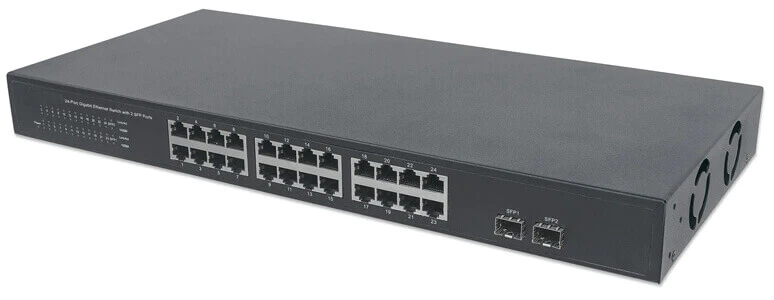
Conclusion
In this epoch of interconnectivity, a top-rated network switch transcends its status as a mere device; it emerges as a strategic asset that elevates your business operations to soaring altitudes. By unravelling your specific prerequisites, meticulously evaluating switch attributes, and making an enlightened decision, you establish a network infrastructure that endures as robust, reliable, and primed for the challenges that the future unfurls. Empowered by this comprehensive guide, you are primed to pinpoint the perfect network switch that will empower your business to ascend and flourish in the digital age.
FAQ's
A network switch connects devices within a local area network (LAN) and intelligently directs data traffic, ensuring efficient communication.
Assessing your needs helps you select a switch that aligns with your specific requirements, preventing over- or under-provisioning.
Managed switches offer more control, security features, and advanced configurations, while unmanaged switches are simpler and plug-and-play.
Layer 2 switches are ideal for basic network segmentation, while Layer 3 switches are necessary for routing between subnets and advanced functions.
PoE allows switches to deliver both data and power to devices like IP cameras and phones, reducing cable clutter and simplifying installations.
Count the devices requiring connectivity, and consider future growth. Ensure the switch has enough ports for both present and future needs.
VLANs divide a network into isolated segments for security and efficiency, making them valuable for businesses with multiple departments or security concerns.
QoS prioritizes critical traffic, ensuring seamless performance for voice, video, and other high-priority applications, ideal for businesses relying on such services.
EEE reduces power consumption during low network activity, contributing to energy savings and an eco-friendlier operation.
Look for eco-friendly features like fan less designs and automatic power-down of unused ports to minimise environmental footprint.
Research vendor reviews, seek recommendations from trusted sources, and examine the warranty and support options provided.


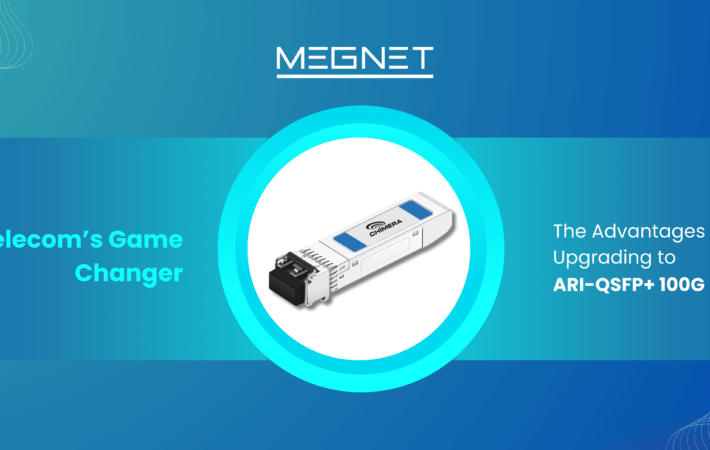

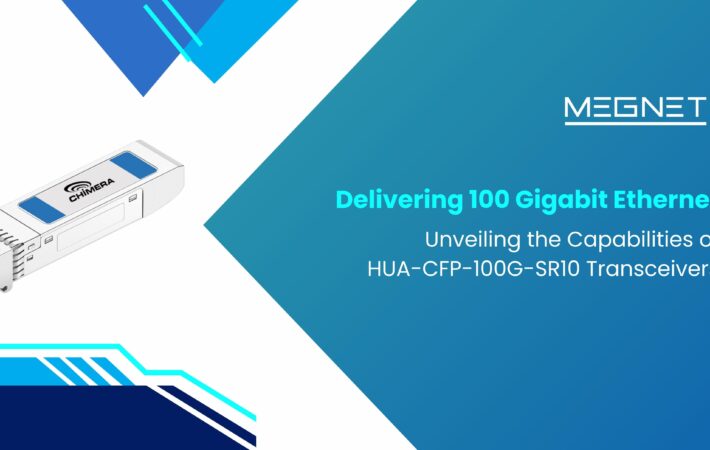
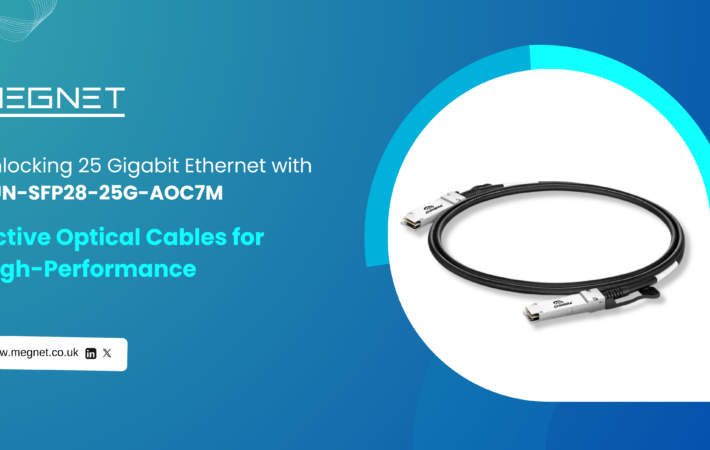
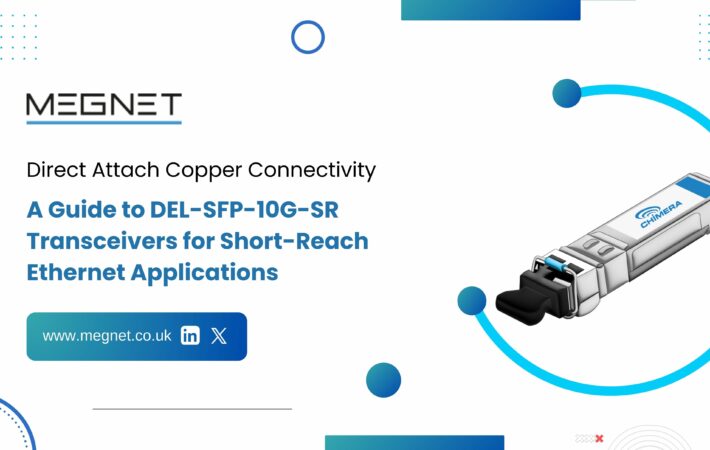


Leave a comment
Your email address will not be published. Required fields are marked *